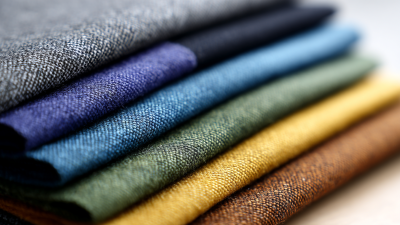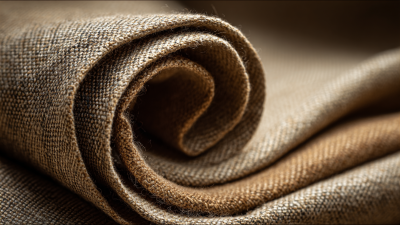When embarking on your next fashion project, selecting the perfect material is crucial, and space dye fabric has emerged as a popular choice among designers aiming for unique aesthetic appeals. According to a report from the Global Fashion Industry, the demand for innovative textiles, including space dye fabrics, has surged by over 25% in the last three years, fueled by a rising interest in individualized and vibrant clothing options. This type of fabric not only offers an eye-catching blend of colors but also provides versatility across various apparel categories, from activewear to high fashion. Additionally, as consumer preference shifts towards sustainable and distinctive options, space dye fabric aligns perfectly with these trends, making it essential for fashionistas and industry professionals alike to understand its characteristics and applications. As you delve into choosing the right space dye fabric, consider how it can elevate your design while resonating with current market demands.
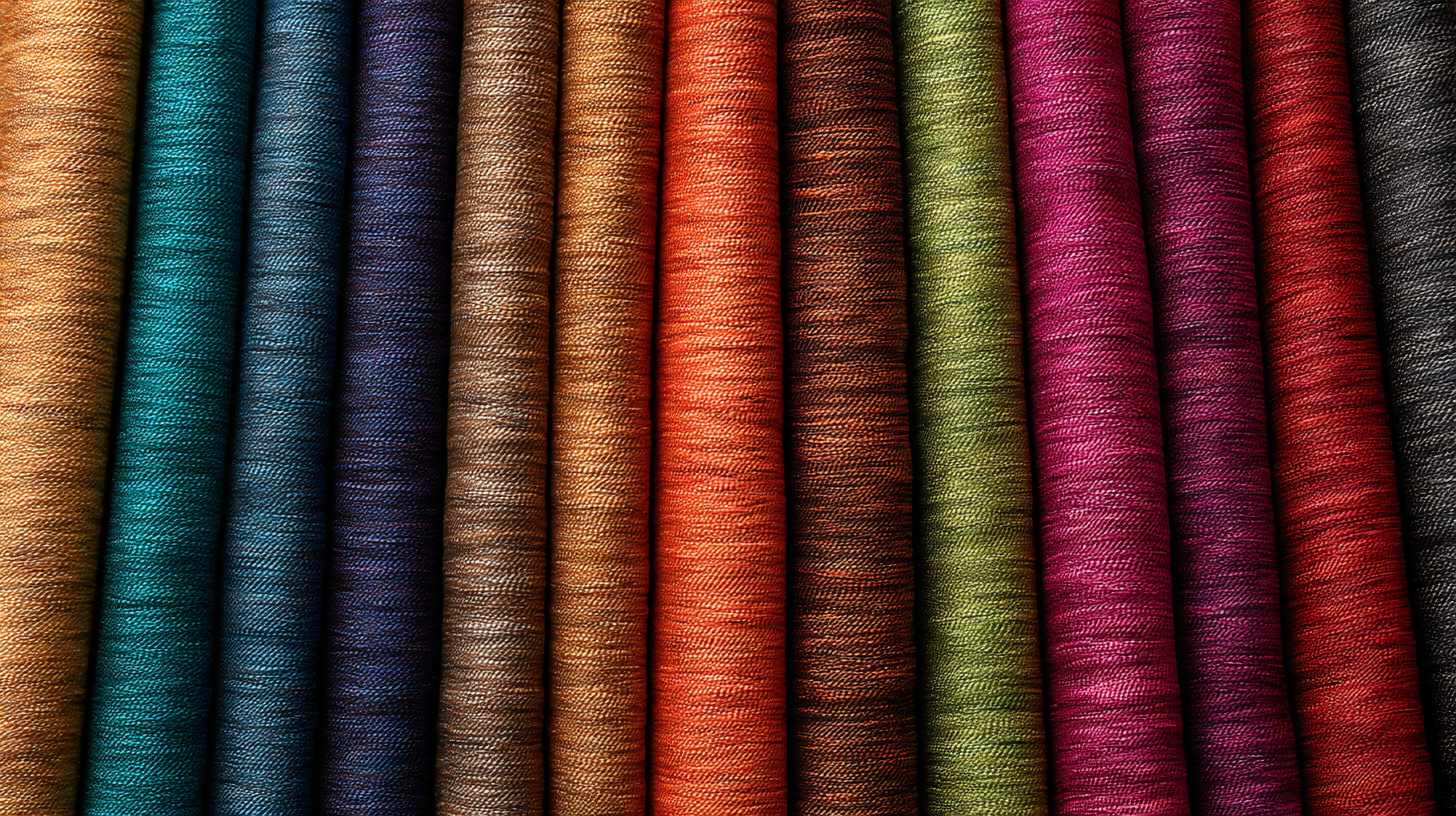
When selecting the right space dye fabric for your next fashion project, understanding its unique characteristics is crucial. Space dye fabrics are known for their distinct multi-tonal appearance, created by dyeing yarns in a pattern before weaving or knitting them into the final textile. This technique results in a visually intriguing fabric that can elevate the aesthetic of any design. According to a 2022 report by the Textile Institute, the global demand for space dye fabrics has grown by 15% over the past year, driven by their popularity in athleisure and casual wear markets.
Another defining characteristic of space dye fabrics is their versatility. They can be made from various fiber types, including cotton, polyester, and rayon. Each fiber offers different qualities; for instance, polyester blends provide moisture-wicking properties essential for activewear, while cotton lends breathability for everyday apparel. The performance apparel segment, projected to reach $300 billion by 2025, is particularly benefiting from these diverse applications. As designers consider these factors, the interplay of color, texture, and functionality will ultimately guide their fabric selection, ensuring the successful execution of their creative vision.
| Fabric Type | Material Composition | Color Palette | Texture | Best Uses |
|---|---|---|---|---|
| Cotton Blend | Cotton, Polyester | Pastels, Brights | Soft, Lightweight | T-Shirts, Casual Wear |
| Polyester | 100% Polyester | Saturated Colors | Smooth, Durable | Activewear, Loungewear |
| Rayon | Rayon, Spandex | Multi-color, Ombre | Soft, Flowing | Dresses, Blouses |
When choosing the right space dye fabric for your fashion project, understanding color theory is crucial. Space dyeing employs multiple hues blended together, creating a dynamically effect that can transform a fabric's appearance. Each color carries its own emotional weight and can influence the overall vibe of a design. For instance, warm colors like reds and oranges can evoke energy and enthusiasm, while cooler tones such as blues and greens promote calmness and serenity. Choosing the right color palette based on your intended message enhances the impact of your project.
In addition to color theory, the patterns created by space dyeing also play a significant role in design. The unique blending techniques result in varied patterns, from subtle gradients to bold, irregular splotches. When selecting a fabric, consider how these patterns will interact with your garment structure and overall aesthetic. A graphic space dye design can add a contemporary flair to casual wear, while softer patterns may be more suitable for elegant evening attire. Being mindful of both color and pattern will ensure that your fabric choice complements your fashion vision perfectly.
When choosing the right space dye fabric for your fashion projects, evaluating fabric content and stretch is crucial. In the textile industry, the comparative analysis of stretch properties in woven and knitted fabrics shows that understanding these factors can greatly influence the fit, comfort, and durability of your garments. For instance, fabrics specifically designed for sportswear often have unique elastic recovery characteristics that are essential for accommodating dynamic body movements. Research indicates that dynamic elastic recovery (DER) values correlate with improved performance in activewear, highlighting the importance of selecting the right materials.
**Tips:** When assessing a fabric, pay attention to both its fiber content and its stretch. Fabrics made from a blend of materials like polyester and spandex typically offer better stretch and recovery, making them ideal for form-fitting designs. Additionally, consider the intended use of the fabric; for example, if you're designing plus size erotic lingerie, ensure that the fabric not only stretches but also retains its shape after multiple uses and washes.
Moreover, sustainability plays an increasing role in consumers’ clothing preferences. Fabrics chosen for fashion projects should reflect a commitment to sustainable practices, as the current landscape is shifting towards a circular economy. This trend not only meets market demands but also enhances the overall appeal of your creations. Always evaluate the circularity of your chosen textiles, ensuring they align with the growing consumer interest in sustainable fashion.
Space dye fabrics are becoming increasingly popular in the fashion industry, reflecting contemporary trends and consumer preferences for unique patterns and vibrant colors. Recent studies indicate that color attractiveness is crucial in fashion, with preferences leaning towards distinctive shades like black, pink, and yellow (Kodžoman, 2022). This opens up exciting opportunities for designers to utilize space dye techniques to create visually striking garments that resonate with consumers' aesthetic desires.
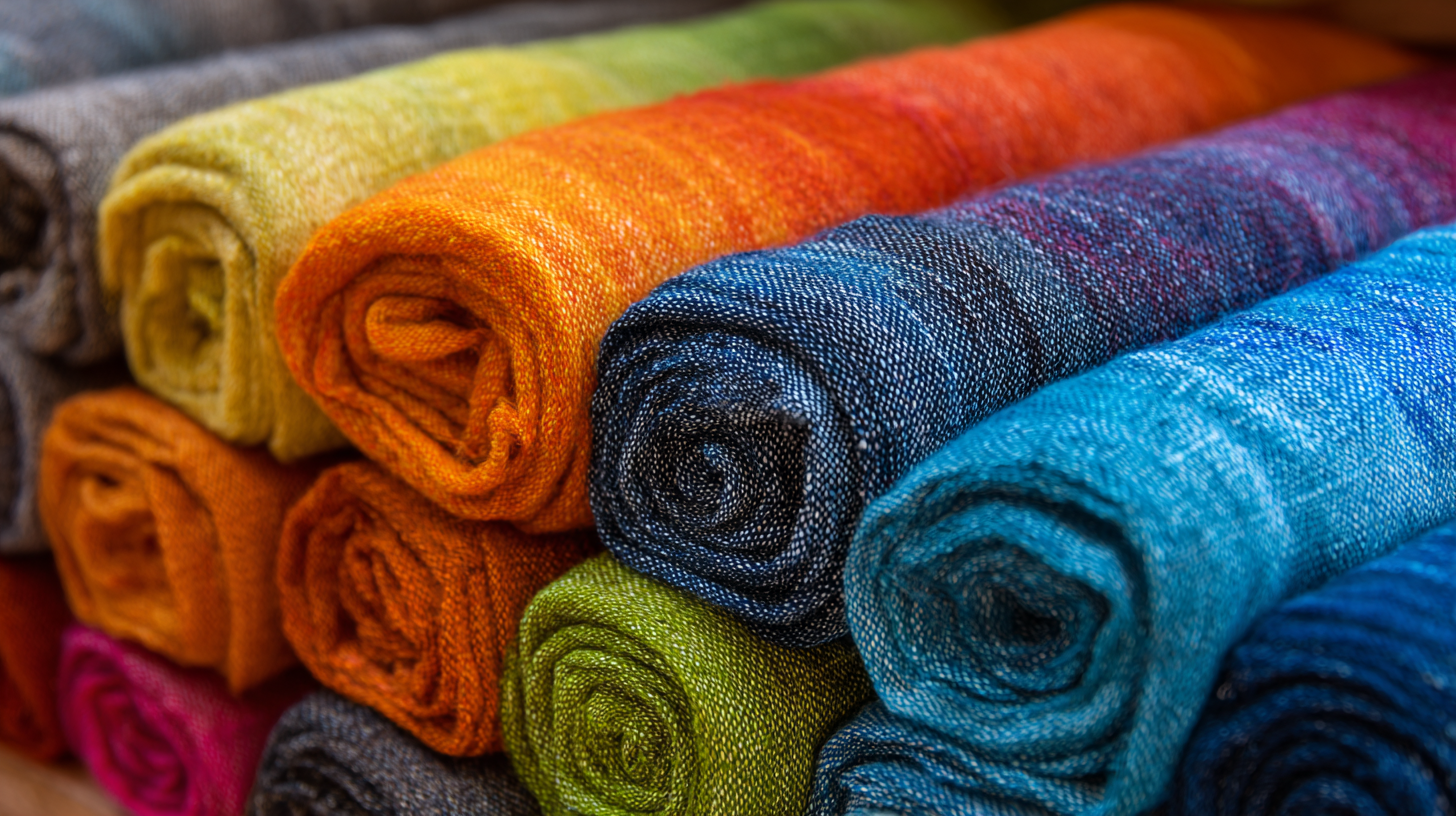
In addition to aesthetic appeal, the applications of sustainable practices in textile production are also gaining traction. New advancements in biotechnology are paving the way for eco-friendly textiles created from renewable resources such as fungi and algae. This not only aligns with the growing consumer consciousness towards sustainability but also enhances the marketability of products made from these innovative materials. Moreover, with the integration of nanotechnology, manufacturers are now exploring smart textiles that offer enhanced functionality, which can also incorporate space dye patterns for added visual interest. This combination of technology and sustainability may redefine space dye fabric applications, ensuring they remain relevant in a rapidly evolving fashion landscape.
When sourcing high-quality space dye materials for your fashion project, the first step is to assess the fabric's composition. Look for blends that incorporate natural fibers like cotton or wool with synthetic materials such as polyester or nylon. This combination often enhances durability while allowing for vibrant, multidimensional color patterns typical of space dyeing techniques. Additionally, consider the fabric's weight and drape, as these attributes significantly affect how the final garment will feel and move.
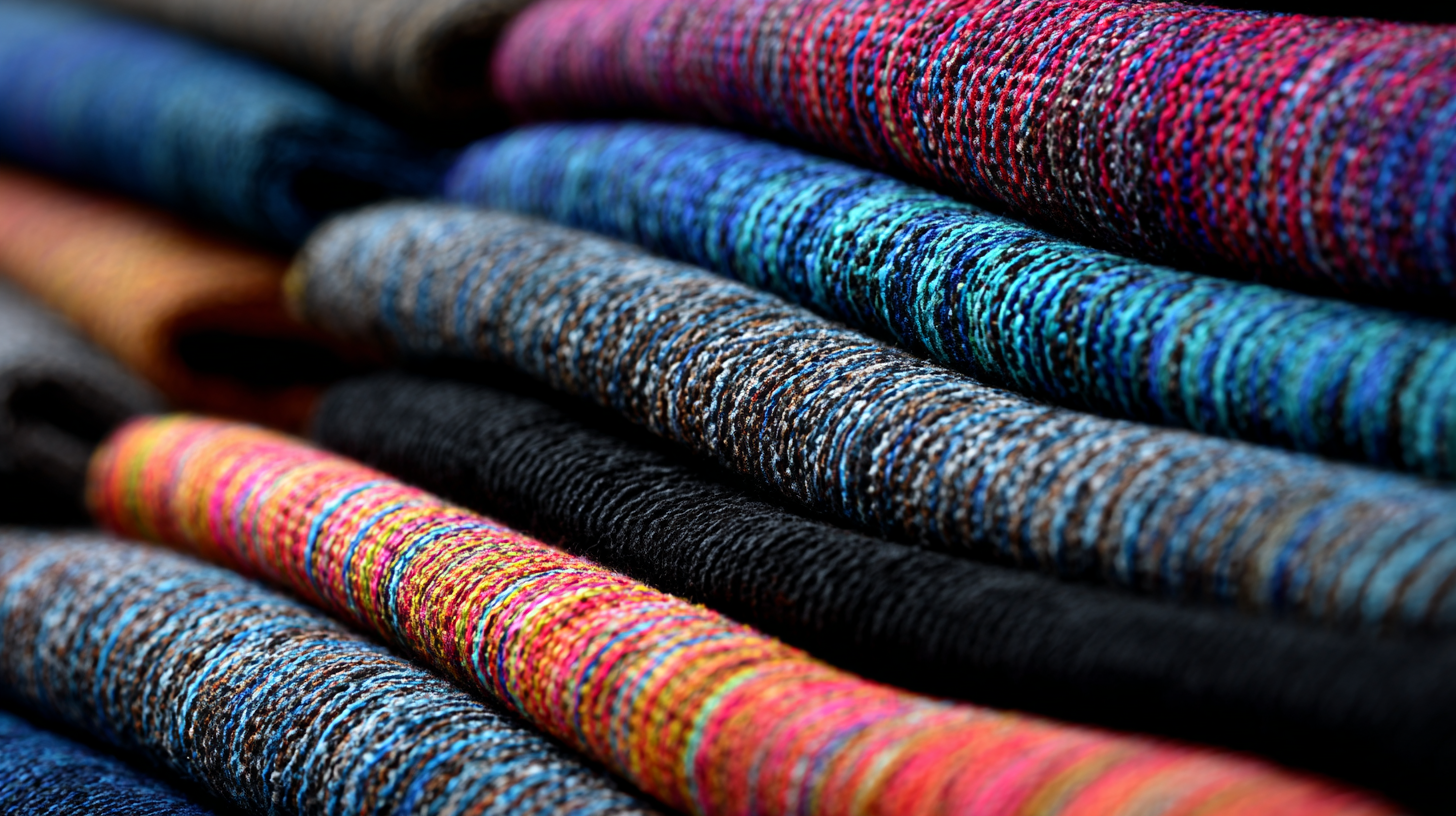
Next, pay attention to the manufacturer’s reputation and the sourcing practices involved in acquiring the fabric. Opt for suppliers known for their commitment to quality control and sustainable procedures. Request samples before making a bulk purchase to evaluate the fabric’s texture, colorfastness, and overall finish. This hands-on approach will help ensure that you select materials that not only meet your aesthetic vision but also stand the test of time in terms of wear and tear.
